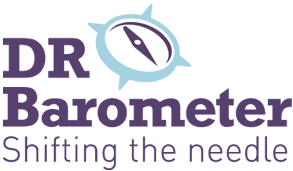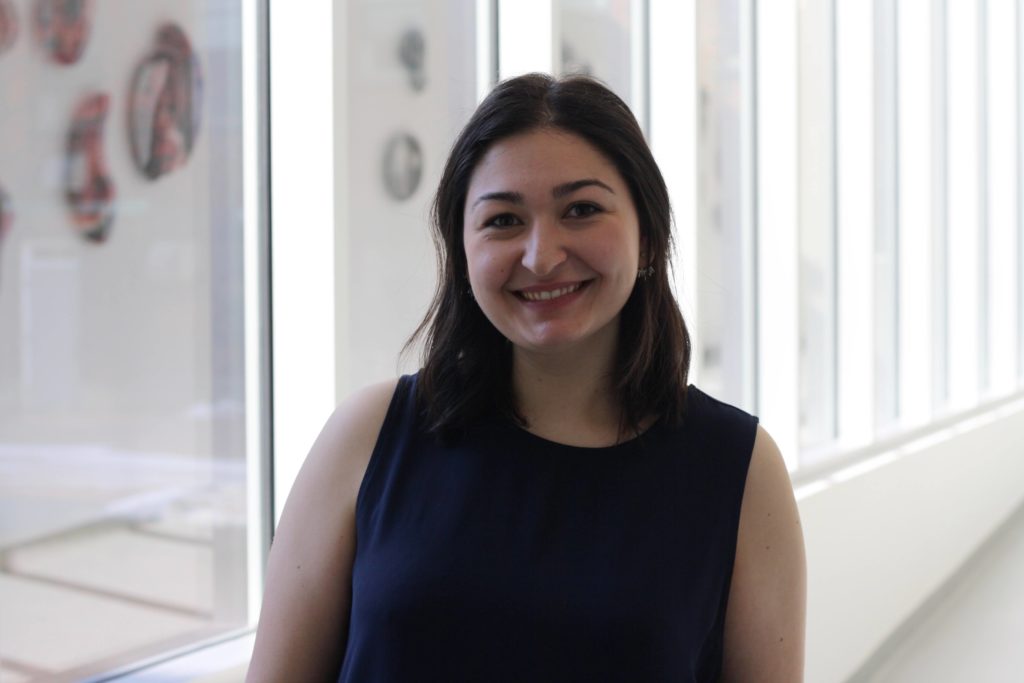Many of us are aware of diabetes. You may know someone born with it or know that it can develop later in life. You may even know that managing diabetes requires lifestyle modifications, such as monitoring your glucose levels, dietary changes, and regular doctor’s appointments. But did you know that many individuals with diabetes are at-risk of vision impairment due to their diabetes?
Diabetic retinopathy (DR) arises from high blood glucose levels which damage the blood vessels in the retina, or more simply the back of the eye important for signaling to the brain and subsequent visual recognition. Diabetic retinopathy, and a related eye complication called diabetic macular edema (DME), both result in vision impairment, and even blindness. These conditions make it difficult to perform daily tasks, such as working, reading, and driving.
Diabetes is truly a chronic disease, meaning that it requires lifelong care and a continuous journey through the healthcare system as a patient. The number of people with diabetes is increasing. According to the International Diabetes Federation, the global diabetes prevalence in 2021 was estimated at 536.6 million people, approximately 10.5% of the global population, rising to 12% by 2045. The increasing prevalence of diabetes means that the number of people at-risk of diabetes-related vision complications will increase. Diabetic retinopathy affects over one-third of people with diabetes. There is a need for better access to treatment or, even more pressing, improved education and screening (including eye exams and taking images of the eye) to prevent the development of eye diseases or detect them early to prevent debilitating vision loss.
Many factors affect a person’s ability to manage their diabetes and related eye diseases and receive adequate care. To improve understanding of the complex issues which contribute to the increased prevalence of DR and DME and the actual experiences of patients and their care providers, a groundbreaking global study was conducted in 2016. In over 41 countries, over 7,000 respondents highlighted the real-life experiences of people living with diabetes-related eye complications and their healthcare providers.
In response to the findings of this study, along with partners, Bayer, the International Agency for the Prevention of Blindness (IAPB), the International Diabetes Federation (IDF), and the Vision Academy, IFA established the DR Barometer Program, conceived as a global platform for not only ophthalmologists but also nurse educators, general practitioners, patient organizations, and advocates. Over the last 5 years, the DR Barometer Program has served as a point of connection to improve policy and practice which enables patients to prevent vision loss related to their diabetes and receive vision-preserving treatment.
Now, a renewed vision will guide the future of the DR Barometer Program and address the current barriers which prevent patients from accessing care that improves their vision, and, most importantly, quality of life. A recent meeting, hosted in Singapore, gathered thought leaders of the DR Barometer Program, including experts in ophthalmology, advocacy, and industry, with the following goals:
- To assess new evidence of patient and provider experiences and barriers to improve adherence and compliance in the management and treatment of eye conditions
- Establish new ways of working and upcoming projects to ensure patient-centered care and address barriers to care for those with DR and DME
With a renewed focus, cemented in consultation with leaders of the Program, the DR Barometer will focus on understanding barriers and influencing policy to ensure access to care that preserves vision, function, and quality of life.
Mapping the patient journey
Reaching an ophthalmologist is complicated, more of a winding path than straight, and information is not readily accessible. The DR Barometer Program aims to outline the path from an initial eye exam to ultimately receiving treatment. This work will help to identify barriers that prevent people from reaching specialists for treatment and possible solutions in countries.
Driving in-country action
Understanding and improving the patient journey to the eye care specialist is only one half of the puzzle to ensuring eye care that preserves vision and quality of life. In complement, the DR Barometer Program aims to optimize care in ophthalmology clinics to respond to both patient and provider experiences. Healthcare systems and policies are specific to countries, therefore it is important to develop solutions firstly at a country level, before drawing themes across countries.
These pieces of work, along with new evidence of patient experiences living with diabetic eye diseases and provider and staff experiences working to deliver care, represent a renewed vision and commitment of the DR Barometer Program. The Program continues to mobilize a community of passionate leaders to advocate for policy and practice change which improves the health and well-being of patients.
Follow for more updates on this work, new evidence, and opportunities to join the #DRBarometer community.


